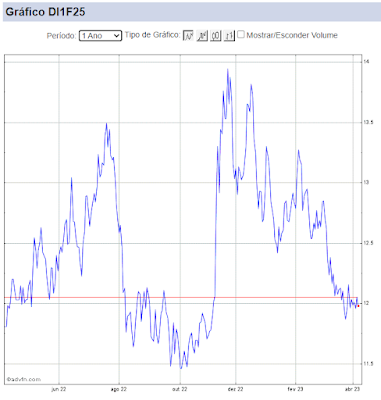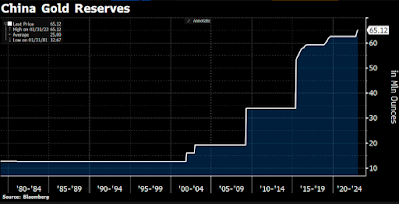Update
Os ativos de risco encerraram a sexta-feira sobre forte pressão. Gostaria de deixar alguns últimos comentários antes do Carnaval, mas as vésperas de uma semana que poderá ser decisiva para os mercados financeiros globais. Como tenho afirmado neste fórum há algumas semanas, meu viés ainda é negativo com relação ao cenário externo, pelo menos até que os ajustes estruturais necessários na China comecem a ser feitos. Infelizmente, ou este processo será gradual e prolongado, como tem sido até o momento (não apenas na China, mas nos demais países emergentes) ou, em algum momento, passaremos por um “capitulation” dos mercados e, consequentemente, dos policy makers, o que pode acabar gerando um ajuste mais rápido e acentuado do preço dos ativos. Ambos os cenário ensejam uma piora ainda maior do preço dos ativos de risco.
No curto-prazo, não há muito o que possa ser feito pelo Fed, a não ser adiar a continuidade de seu processo de alta de juros, o que já me parece bem precificado no mercado. O BoJ e o ECB, aparentemente, perderam a capacidade de influenciar o preço dos ativos locais, especialmente FX e Equities (dimishing returns do QE e juros negativos), o que torna o cenário ainda mais desafiador.
O mercado de crédito na Europa e nos EUA começa a mostrar sinais mais preocupantes.Segundo o Morgan Stanley: Within credit, there has been large deterioration in some financial CDS, especially in European banks, and generally the worsening stress that started in high yield energy shows signs of spreading more widely, with serious losses in CDS on lower rated CMBS one area of major recent weakness. Our auto analysts remain wary of a turn in the auto credit cycle, which has been critical in supporting sales at the strong levels they’ve reached in the past year, including a better than expected January result. Our bank analysts are also closely tracking energy exposure for national and regional banks. The prospect of an intense default cycle in energy spreading to a broader impairment in credit availability is an important risk for the U.S. economy, in our view, and should be closely watched in assessing recession risks.
Nos países emergentes, bolha de crédito parece estar no meio de um processo de ajuste. De acordo com o Financial Times: The surge in lending to emerging markets that helped fuel their own — and much of the world’s — growth over the past 15 years has come to a halt, and may now give way to a “vicious circle” of deleveraging, financial market turmoil and a global economic downturn, the Bank for International Settlements has warned. “In the risk-on phase [of the global economic cycle], lending sets off a virtuous circle in financial conditions in which things can look better than they really are,” said Hyun Song Shin, head of research at the BIS, known as the central bank of central banks. “But flows can quickly go into reverse and then it becomes a vicious circle, especially if there is leverage,” he told the FT.That reversal has already taken place, according to BIS data released on Friday.The total stock of dollar-denominated credit in bonds and bank loans to emerging markets — including that to governments, companies and households but excluding that to banks — was $3.33tn at the end of September 2015, down from $3.36tn at the end of June.It marks the first decline in such lending since the first quarter of 2009, during the global financial crisis, according to the BIS.The BIS data add to a growing pile of evidence pointing to tightening credit conditions in emerging markets and a sharp reversal of international capital flows. On Thursday, Christine Lagarde, managing director of the International Monetary Fund, warned of the threat to global growth of an impending crisis in emerging markets.
Finalmente, a posição técnica do mercado de moedas parece ter apresentado um relevante ajuste na semana passada: JPY spec longs (reflecting positioning as of 2 Feb) fell 29% to a net notional long of JPY454bn after extending to the multi-year high of JPY639bn for the previous week (down 0.5 standard deviations in terms of the 3 year z-score, or equivalent JPY185bn). Notably, ahead of Wednesday’s turbulent price action (when the trade weighted dollar posted one of its largest declines in 25 years), EUR short positioning was down by 0.5 s.d. to a net notional short of EUR-11bn which is just below its long term average. Note that EUR was one of the biggest gainers against the USD Wednesday, up 1.6%. The latest update shows that dollar longs were cut from the week before by 0.4 s.d. down to -0.2 s.d. The USD net notional longs stood at USD21bn on Feb 2nd.


Comentários
Postar um comentário